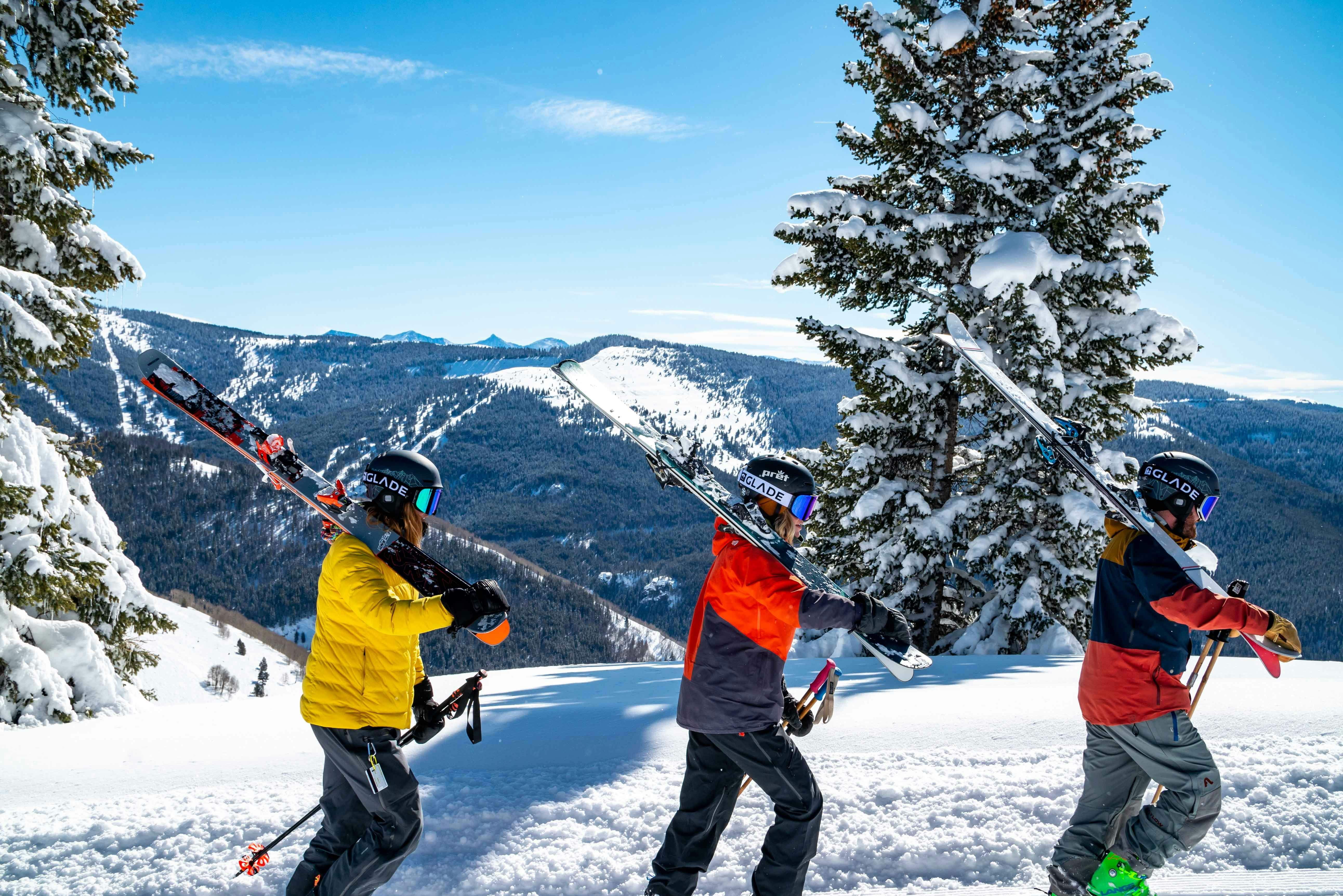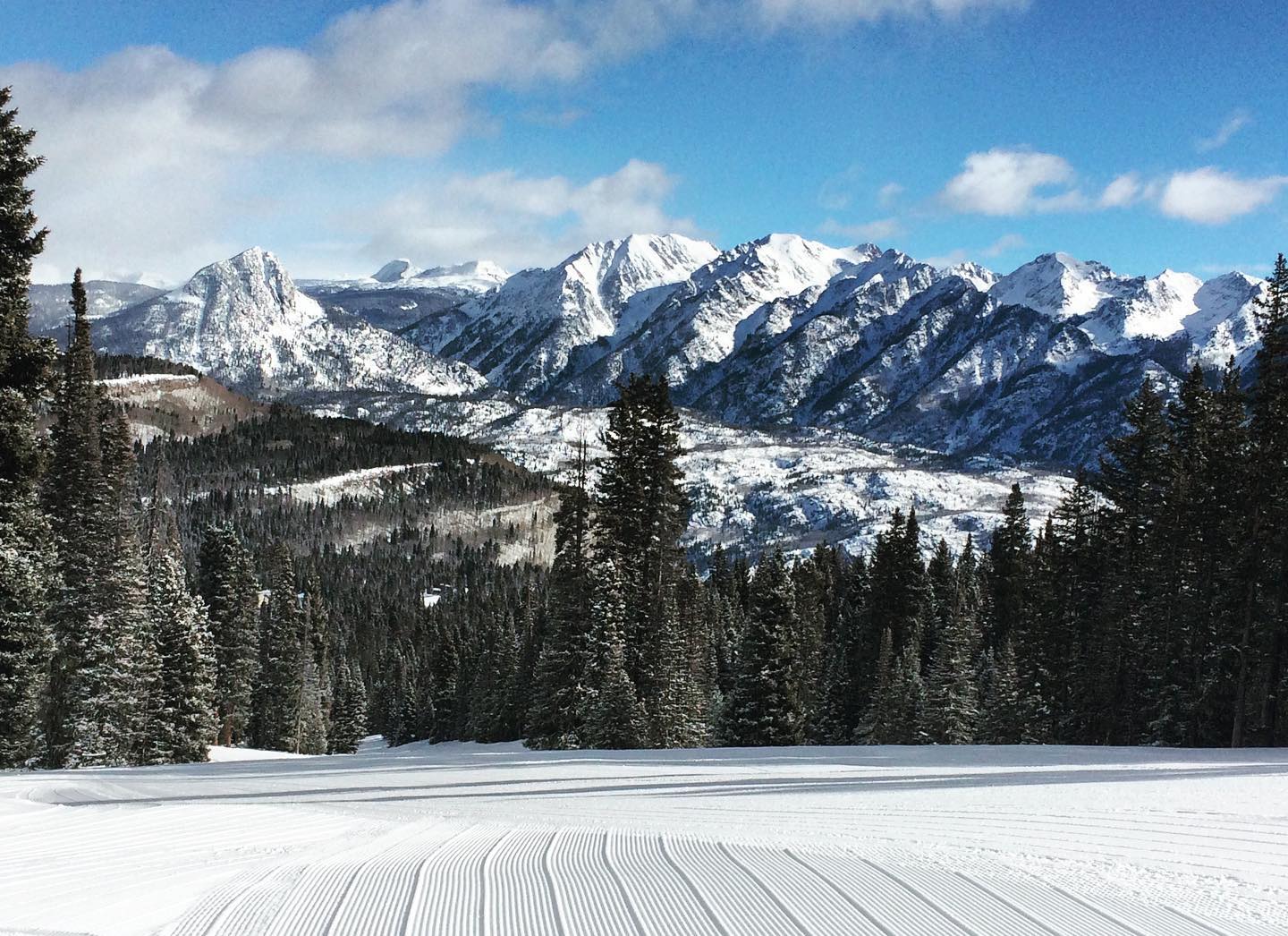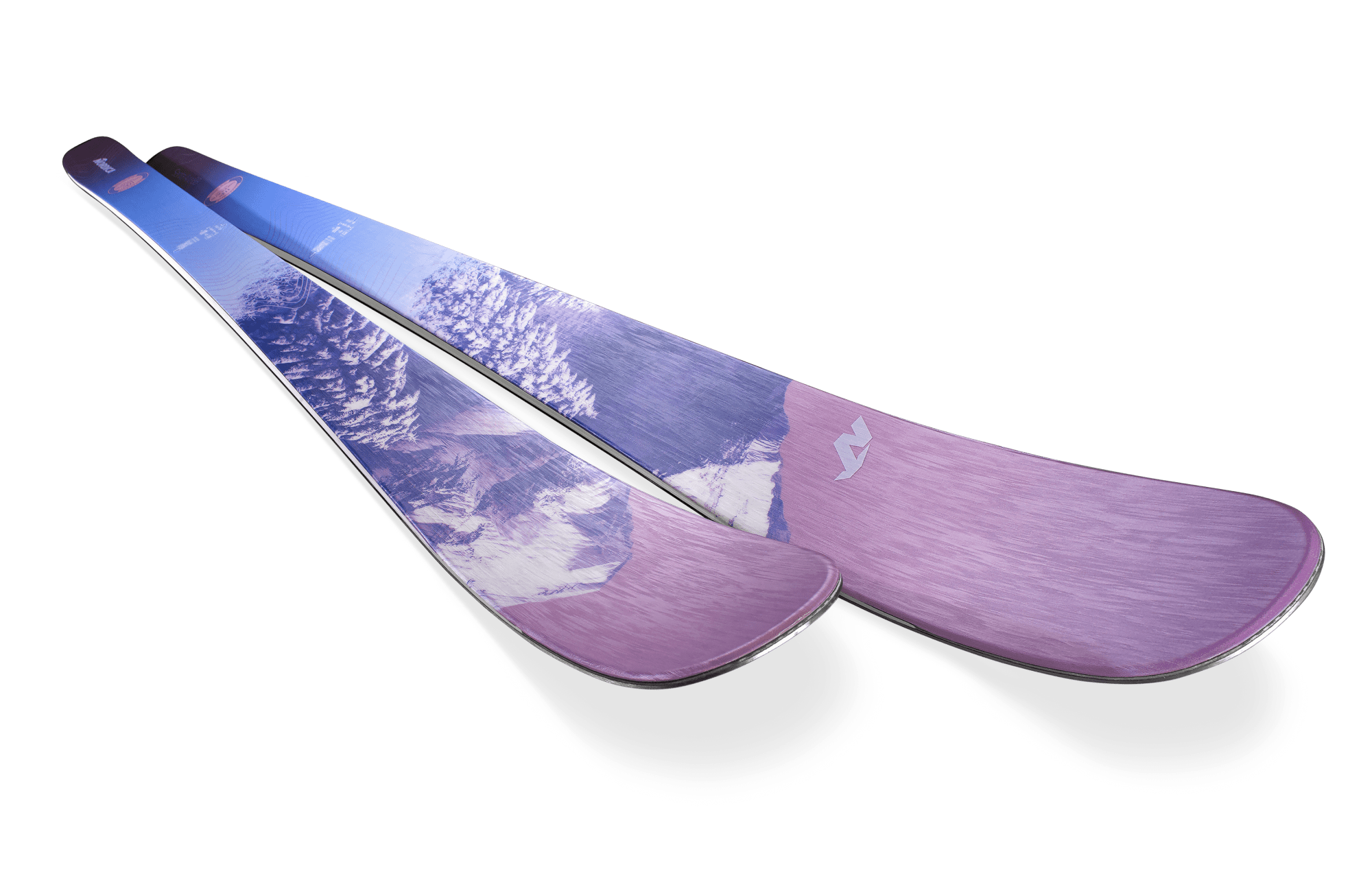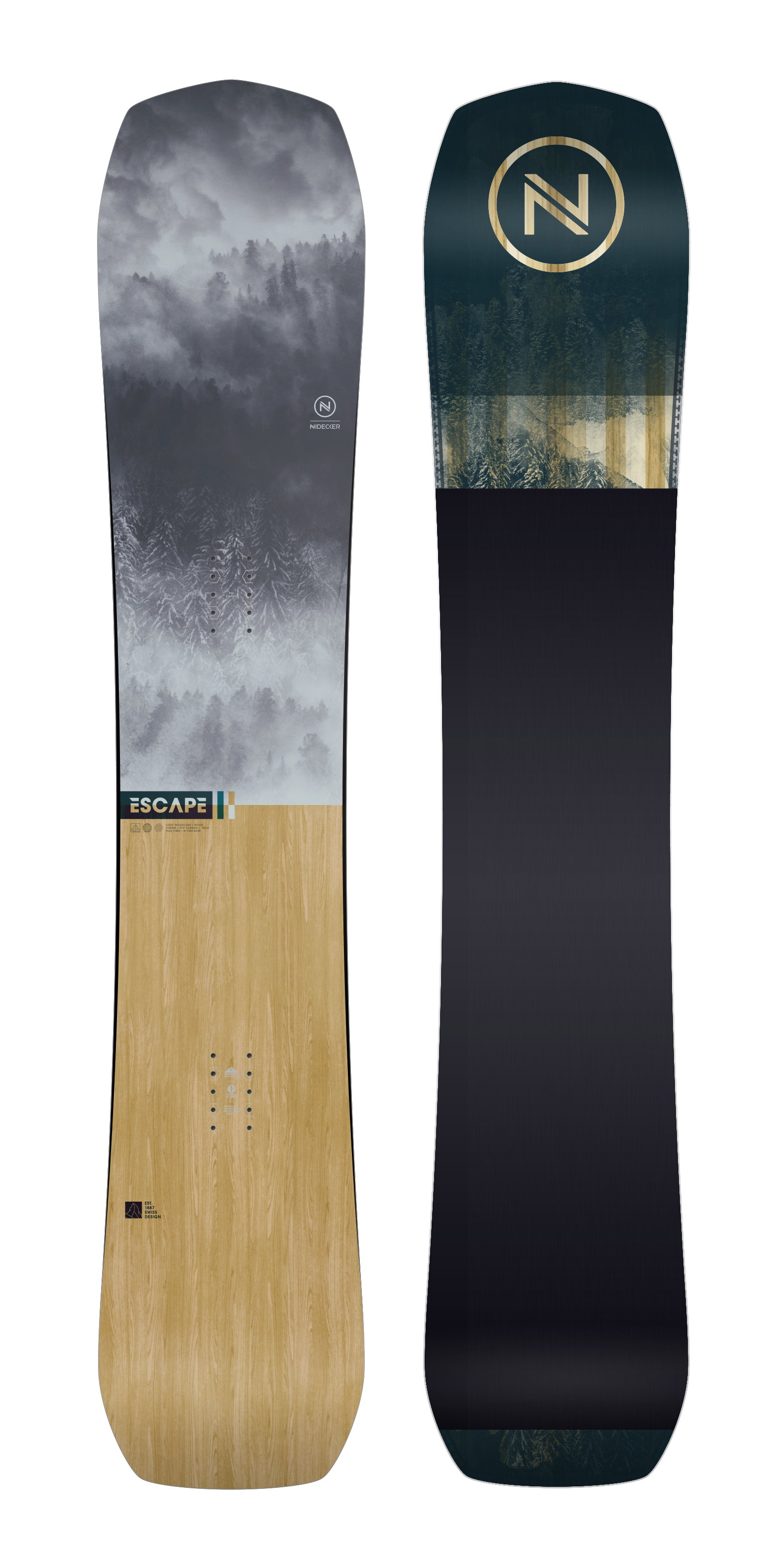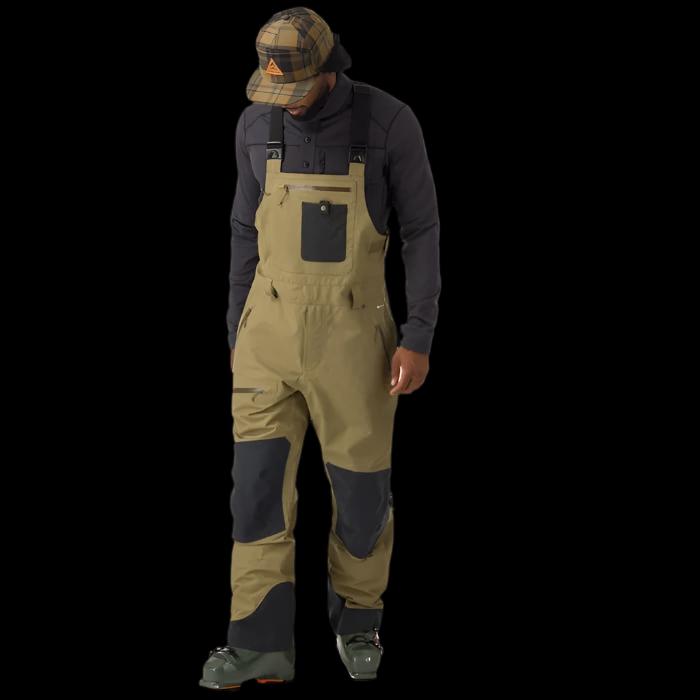Peak Performance: Advanced Tips for Ski Gear Upkeep
As the anticipation for ski season reaches its peak, so does the importance of preparing and maintaining your ski gear. Well-maintained equipment not only ensures a safer and more enjoyable experience on the slopes but also saves you money in the long run by extending the life of your gear. This comprehensive guide delves into the best practices for caring for your skis, boots, bindings, and protective gear, ensuring they remain in prime condition for seasons to come.
Skis: The Foundation of Your Ski Experience
-
Wax On, Wax Off
Waxing your skis isn't just about achieving that flawless glide; it's about protecting the base from the elements. Regular waxing seals the pores in the ski base, preventing them from drying out and becoming brittle. For the avid skier, waxing should be a ritualistic practice performed every 3-5 days on the slopes. If you're less frequent on the hills, a good rule of thumb is to wax at least every few weeks during the season.
-
Edge Control
The edges of your skis are critical for carving precise turns and maintaining control on icy surfaces. Dull edges can make skiing feel sluggish and unresponsive. Use a diamond stone or edge tuner to smooth out nicks and keep your edges razor-sharp. Remember, though, that over-tuning can diminish your edges, so aim for balance.
-
Base Repairs
Even with meticulous care, ski bases can suffer from scratches and gouges. Minor damage can be repaired at home using a P-Tex candle. For deeper repairs, a base grind at a professional ski shop is advisable. This process smooths out the base and ensures optimal contact with the snow.
Ski Boots: Your Connection to the Mountain
-
Dry and Sweet
Moisture is the enemy of ski boots, leading to odor and deterioration of materials. After every use, dry your boots thoroughly by removing the liners and placing them in a well-ventilated area. Avoid direct heat, as this can warp the shape of your boots.
-
Maintaining Shape
To keep your boots in their best shape, buckle them loosely when not in use. This prevents the shell from deforming. If your boots are equipped with a walk mode, ensure it's disengaged for storage to maintain tension in the mechanism.
-
Wear and Tear
Inspect your boots regularly for signs of wear, particularly around the soles and buckles. Many boots have replaceable parts, which can significantly extend their usable life.
Bindings: Safety and Precision
-
Check-ups
Bindings are your lifeline on the slopes, ensuring you stay connected to your skis when you need to and release when necessary. Check your bindings for any signs of wear, cracks, or loose components. Ensure that the DIN settings match your current weight, ability, and skiing style.
-
Annual Calibration
Professional calibration of your bindings is crucial for safety. A ski shop can check the release mechanism and adjust it according to manufacturer specifications. This service is particularly important if you've experienced significant changes in weight or skiing ability.
Helmets and Goggles: Essential Protection
-
Clean and Clear
Post-skiing, clean your helmet and goggles with a soft, dry cloth. For goggles, avoid touching the inside of the lens; this can remove the anti-fog coating. Store these items in a cool, dry place, away from direct sunlight to prevent material degradation.
-
Lens Maintenance
For goggle care, invest in a proper lens cleaner and a microfiber cloth. Scratches and damage to the lens can impair vision, so consider replacements if your vision is compromised.
-
Helmet Replacement
Helmets have a lifespan. Even if they show no visible signs of damage, the protective materials can degrade over time. A good rule of thumb is to replace your helmet every 3-5 years or immediately after a significant impact.
General Gear Maintenance Tips
-
End-of-Season Care
At the season's end, give your gear a thorough cleaning. Loosen the tension on your ski bindings to preserve spring integrity. Apply a storage wax to your skis to protect the bases from oxidation.
-
Transportation
Use padded ski bags for transportation and storage. These protect your skis and bindings from scratches and other damage, ensuring they're ready to go when you are.
-
Professional Servicing
While much of ski gear maintenance can be done at home, don't underestimate the value of professional servicing. A yearly tune-up can rejuvenate your gear, addressing issues you may not have the tools or expertise to handle.
The joy of skiing comes from seamless runs down beautiful slopes, an experience greatly enhanced by well-maintained equipment. By dedicating time to the care of your skis, boots, bindings, and protective gear, you not only ensure your safety but also improve your performance and extend the lifespan of your gear. With these tips and techniques, you're well-equipped to take on the mountains season after season, making every descent better than the last.
